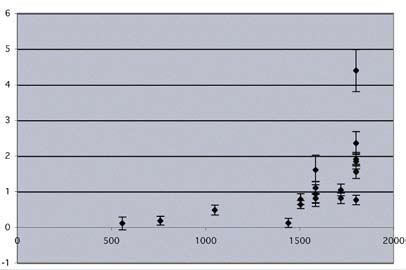How to Date Nothing With Cosmogenic Nuclides
DOI:
https://doi.org/10.3986/ac.v36i1.212Abstract
A cave is a natural void in the rock. Therefore, a cave in itself cannot be dated, and one has to resort to datable sediments to get ideas about the age of the void itself. The problem then is that it is never very certain that the obtained age really is coincident with the true age of the cave. Here, we present the use of a method which couples sedimentary and morphologic information to get a relative chronology of events. Datings within this relative chronology can be used for assessing ages of forms, processes, and sediments, and the obtained dates also fix some milestones within the chronology, which then can be used to retrace, among other things, paleoclimatic variations. For many cave systems, the dating limits of the most widely used U/Th method on speleothems are too low (350 to max. 700 ka) to get ages that inform us about the age of the cave. The recent use of cosmogenic nuclides on quartz-containing sediment permits to push the datable range back to 5 Ma. While the theoretical background is explained elsewhere (Granger, this volume), we concentrate on the Siebenhengste example (Switzerland)
Downloads

Downloads
Published
How to Cite
Issue
Section
License
Authors guarantee that the work is their own original creation and does not infringe any statutory or common-law copyright or any proprietary right of any third party. In case of claims by third parties, authors commit their self to defend the interests of the publisher, and shall cover any potential costs.
More in: Submission chapter




